During the 17th century in the Netherlands and Flanders, the Golden Age of art was rising. The Dutch art masters had begun painting and popularizing a unique style of painting known as Vanitas. Utilizing a painting style called “trompe l’oeil”, a 2 dimensional painting mysteriously becomes a realistic looking 3D masterpiece full of hidden meanings and symbology.
Heavy use of allegory representing the brevity of life, decay and final death became a popular theme. Due to the puritanical ideology of the Catholic Church’s nudity and Romanesque themes were discouraged.
Vanitas was a method of communicating a message using symbols, and symbolic figures.
That message was one of the transience of life, the futility of pleasure, and the certainty of death, often contrasting symbols of wealth and symbols of ephemerality and death.
Common vanitas symbols included skulls used as reminders of the certainty of death
Rotten fruit equals decay
Bubbles indicates the brevity of life and suddenness of death
Smoke, watches, and hourglasses suggest the brevity of life
Musical instruments symbolizes the ephemeral nature of life
The literal meaning of vanitas futility or worthlessness, the pointlessness of earthly goods and pursuits. One should look towards a heavenly reward was the official language. What took place in the back alleys and slums was another story entirely.
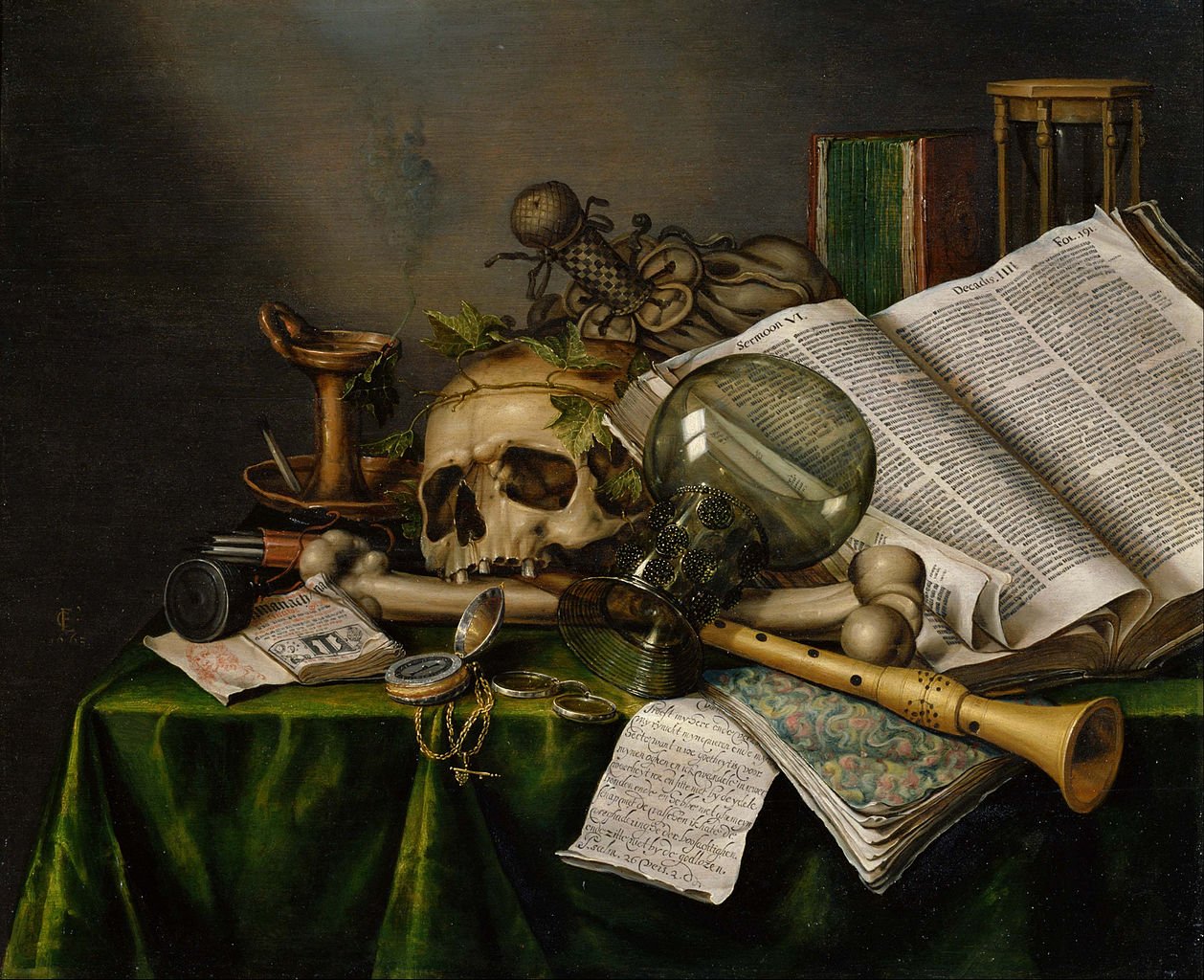
The Dutch artist Evert Collier (1640 - 1708) was masterful at Vanitas, “Still Life with Books and Manuscripts and a Skull”
Image Source

Evert Collier's trompe-l‘oeil painting
Image Source
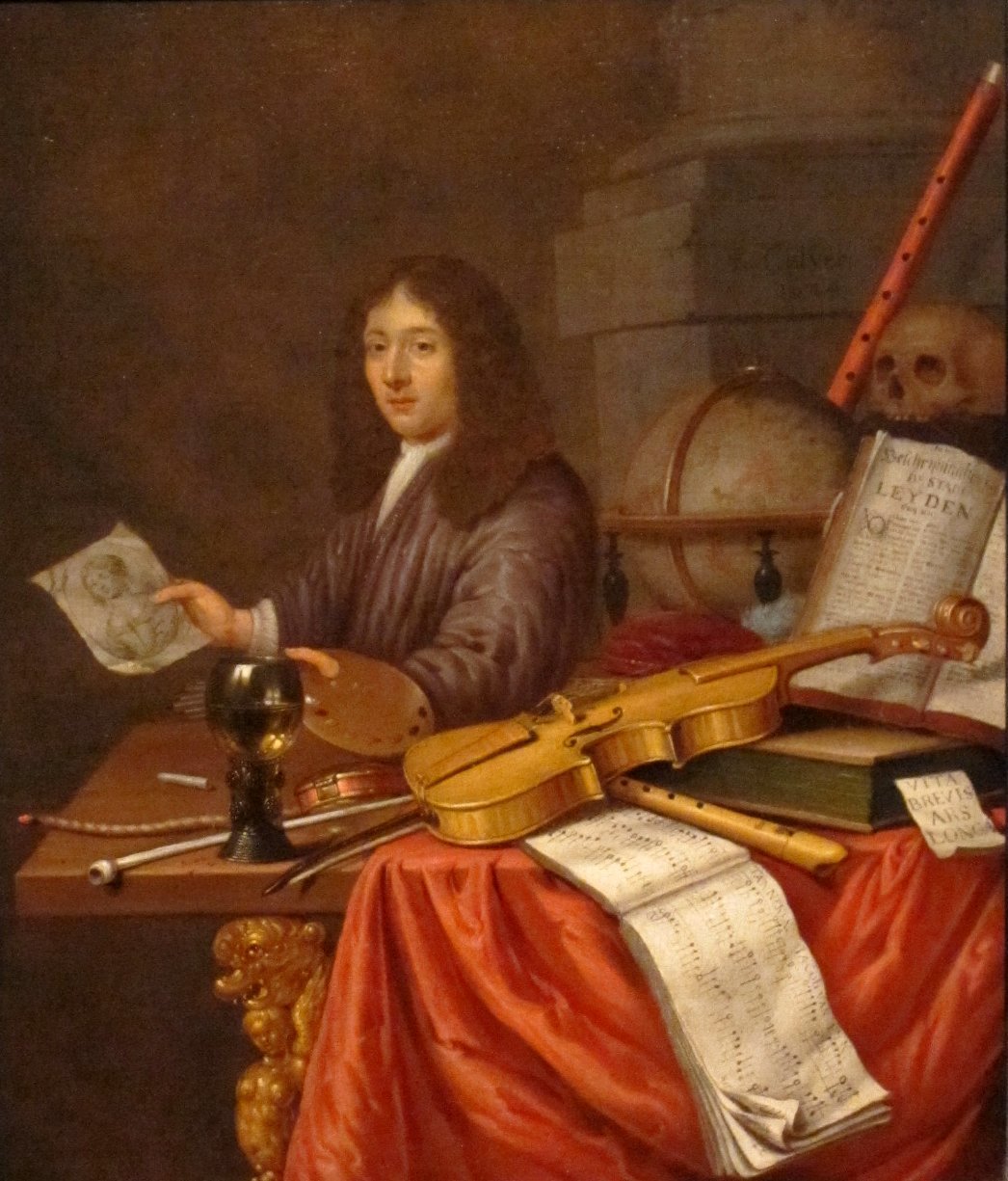
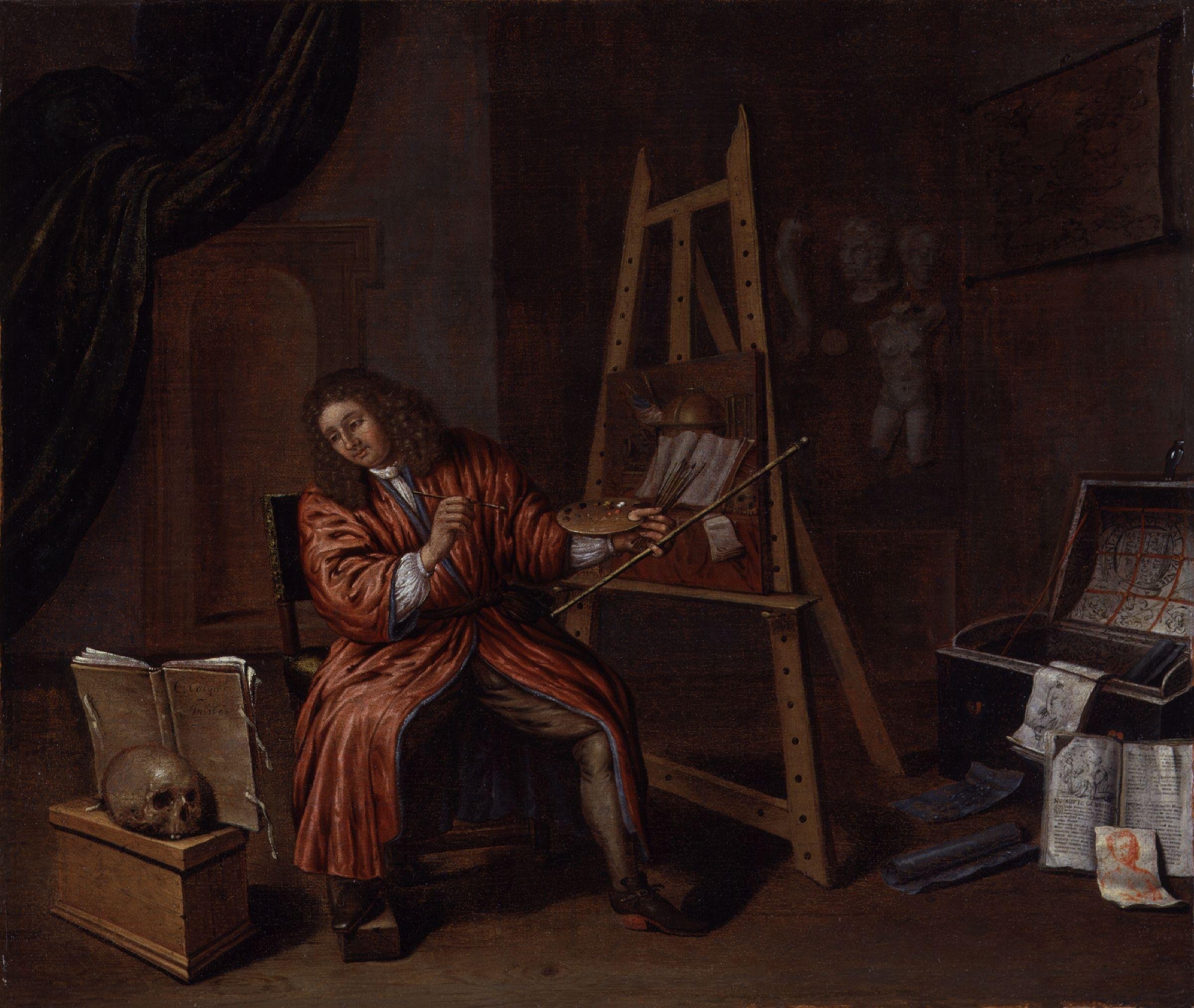
Evert Collier's oil on canvas Self-Portrait with Still-life
Image Source
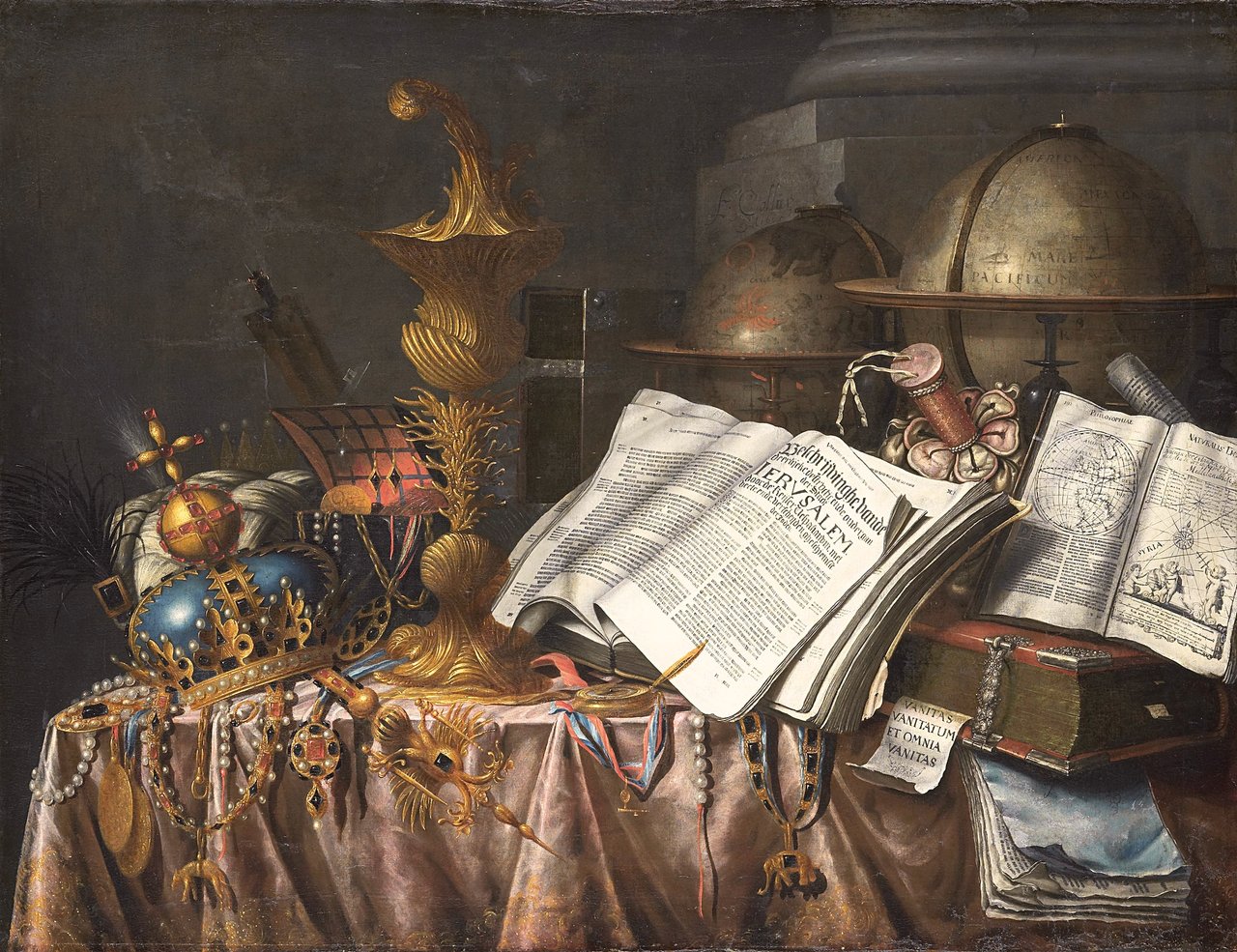
Evert Collier's Vanitas
Image Source
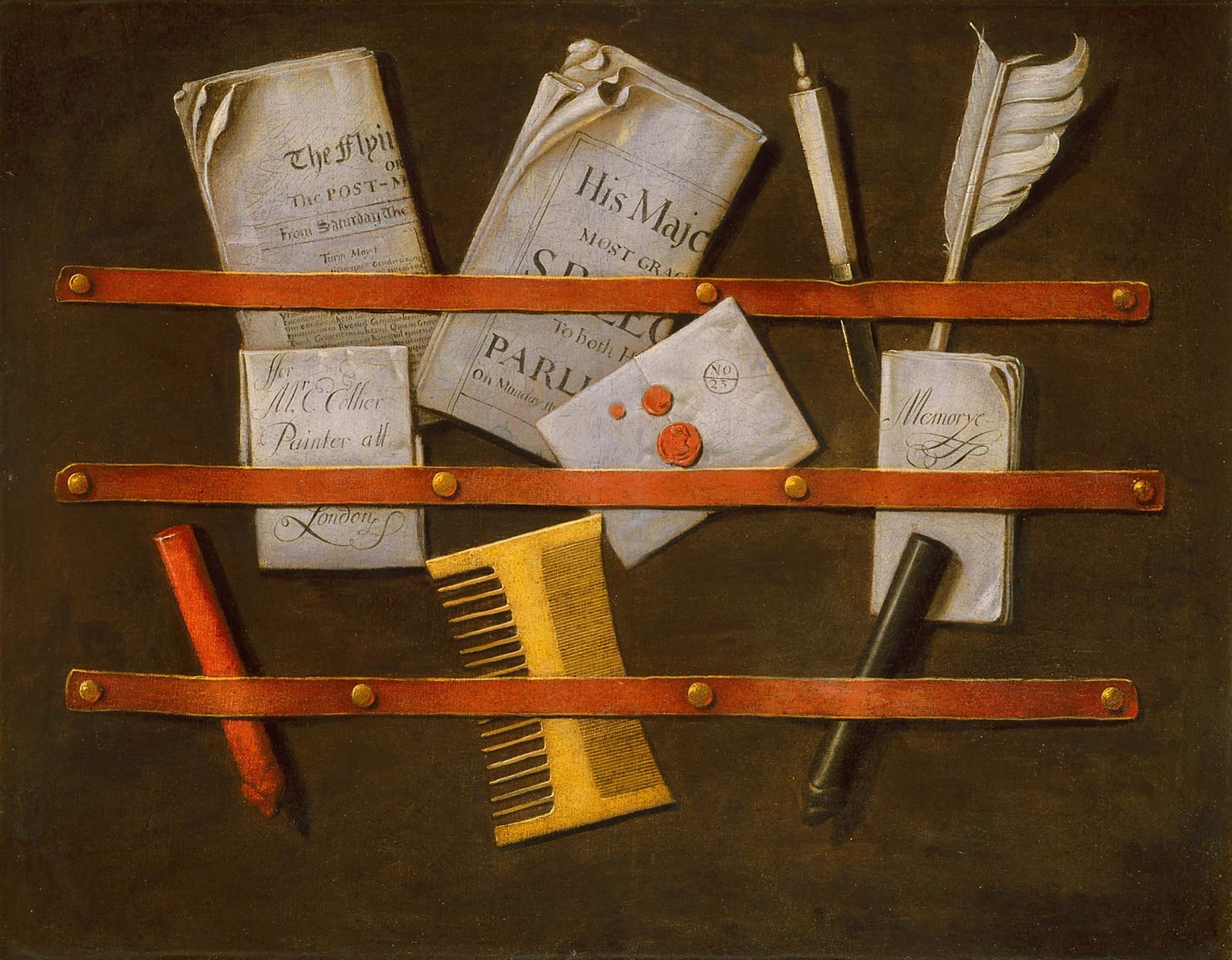
Evert Collier’s Still Life
